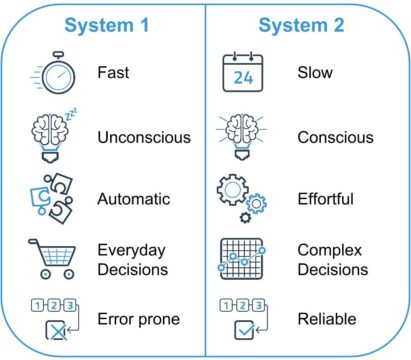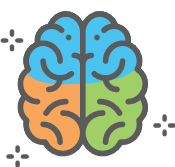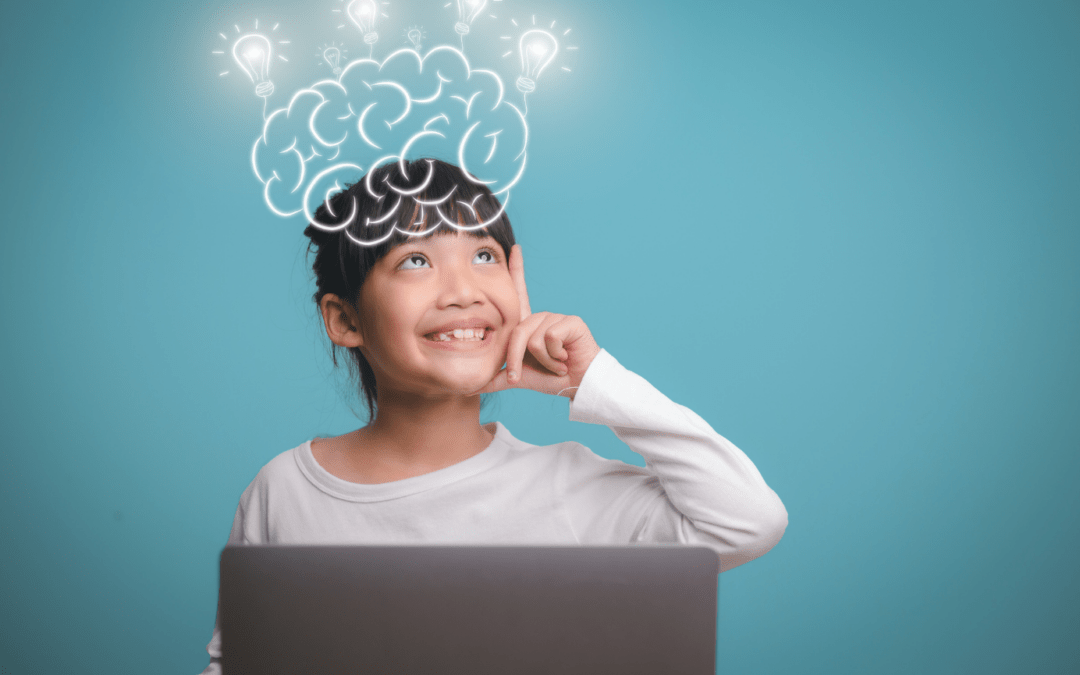It is no secret that the nature of teaching and learning is changing. With rapidly advancing technology, schools are now preparing students for jobs that don’t yet exist. To do so, schools are focusing on the long-term competencies and skills that students will need to be college and career-ready in the future. In order to develop these skills in students, learning science research focuses on how students process, maintain and apply information.
What is the Science of Learning?
The Science of Learning explains how people learn and retain information. Applying this science in the classroom helps students acquire skills and competencies that they can recall and use in the future, whether in class as a foundation for new concepts, in assessments to demonstrate learning or in careers to excel professionally.
Ultimately, teaching intends to ensure students are ready for their future endeavors, and their stored memory of learned information will be essential in doing so. Moreover, optimizing memory is key to unlocking a student’s learning potential. And the Science of Learning uses memory science to develop best practices for quality curriculum, assessments and lesson plans that enhance student learning.
What Does Memory Science Teach About Learning?
Memory science is complex. In this article we can only touch briefly on the subject, but more in-depth research is available here should you choose to dive deeper into memory science. In brief, the latest science suggests that memory operates according to a dual process with two systems: system 1 encapsulates subconscious routine processes while system 2 includes more conscious, effortful processes.
When you drive to school, greet your students and turn on a projector, you are likely using system 1. Whereas when you align curriculum to newly adopted standards, evaluate edtech or deduce standardized test results, you are using system 2, requiring more critical thinking and problem solving to make more thoughtful, conscientious decisions.

Image credit: Upfront Analytics
Though system 1 processes are almost automatic, they were not always that way. You were analytical and effortful when learning to drive. At the beginning of the school year, you had to learn your students’ names and there was probably a time you had to learn to use all your classroom technology.
Takeaway: System 1 processes often start out as system 2, though system 2 processes don’t always evolve to system 1.
When teaching students, the goal is to equip them with the foundational skills needed to assess complex problems and tasks and make informed decisions as they progress from grade to grade for ultimate college and career readiness. Developing system 1 processes for those skills then is integral to student learning.
How does system 1 work? System 1 is a function of receiving, memorizing and retrieving information through three phases:
- Encoding is the sensory process by which information is received by visual, aural, semantic and tactile senses.
- Storage is the maintenance of memory and determines how and how long information is stored.
- Recall is the process by which memory is retrieved.
- To meet the needs of education with foundational skills that enable critical thinking, creativity and innovation, the Science of Learning seeks to hone this system 1 process.
How to Apply the Science of Learning to Teaching
Rooted in neuroscience, the Science of Learning appeals to the neurological process of learners through hands-on, multimodal and personalized content with application exercises, assessment and scaffolded instruction to practice recall. This targets the prefrontal, sensory and limbic systems in the brain as maximum learning occurs when these three areas of the brain are activated.
 Why those regions? The prefrontal cortex oversees the memorization of information (encoding) and the retrieval of memories (recall); the sensory system processes information (encoding) and passes it to other systems; and the limbic system manages memories (storage). The section below will detail how to tailor instruction for these systems to reinforce student learning.
Why those regions? The prefrontal cortex oversees the memorization of information (encoding) and the retrieval of memories (recall); the sensory system processes information (encoding) and passes it to other systems; and the limbic system manages memories (storage). The section below will detail how to tailor instruction for these systems to reinforce student learning.
1. Hands-on Learning
Hands-on learning stimulates the prefrontal cortex by actively involving students in the learning process. This can be through setting goals, planning, establishing strategies, reflecting and evaluating, decision making and problem solving.
To achieve hands-on learning that targets the prefrontal cortex, situate the learning in the context of real-world scenarios and include students in the narrative. This helps define the purpose or reason behind learning, answering the infamous “When will I ever use this?” Further include students by having them create some sort of deliverable product so they tangibly see their work.
2. Multi-modal Learning
Multi-modal learning appeals to the brain’s sensory system with content aligned to the various ways people encode information. Content shared in visual, aural and tactile ways helps prompt memory generation.
Leverage the sensory system for deeper learning by introducing concepts both visually and aurally, including hands-on tasks (see above) for tactile opportunities and guiding students with visual and aural cues as they progress through the lesson.
3. Engaging Learning
Engaging learning targets the limbic system through emotive activities and positive reinforcement.
Incorporate fun, interesting, relevant and/or hands-on learning activities to promote positive feelings and associations with the content. Make assessment a truly formative experience that guides students based on performance through corrective, personalized activities. And again, have a deliverable for the activity so students can celebrate their work and feel encouraged by their accomplishments.
4. Help Practice Recall
Finally, move from building memories with hands-on, multi modal and engaging learning to practicing recall. To emulate the recall, space out the assessments and incrementally build on students’ growing skill sets with scaffolded instruction. Recall opportunities might be formative quizzes or application exercises that position the memory in the context of more complex content and skills. This sort of practice makes information easier to recall in the future and is essential to information that must be quickly recalled. Think of it as building system 1 muscle memory.
The Science of Learning addresses the shifting expectations for today’s graduates. By maximizing retention based on the way the brain encodes, stores, and recalls information, students are better prepared to translate their learning into long-term skills and competencies designed for success in the digital world.
This article was originally published in November 2019 and has been updated for accuracy and relevance.

Learning.com Team
Staff Writers
Founded in 1999, Learning.com provides educators with solutions to prepare their students with critical digital skills. Our web-based curriculum for grades K-12 engages students as they learn keyboarding, online safety, applied productivity tools, computational thinking, coding and more.

